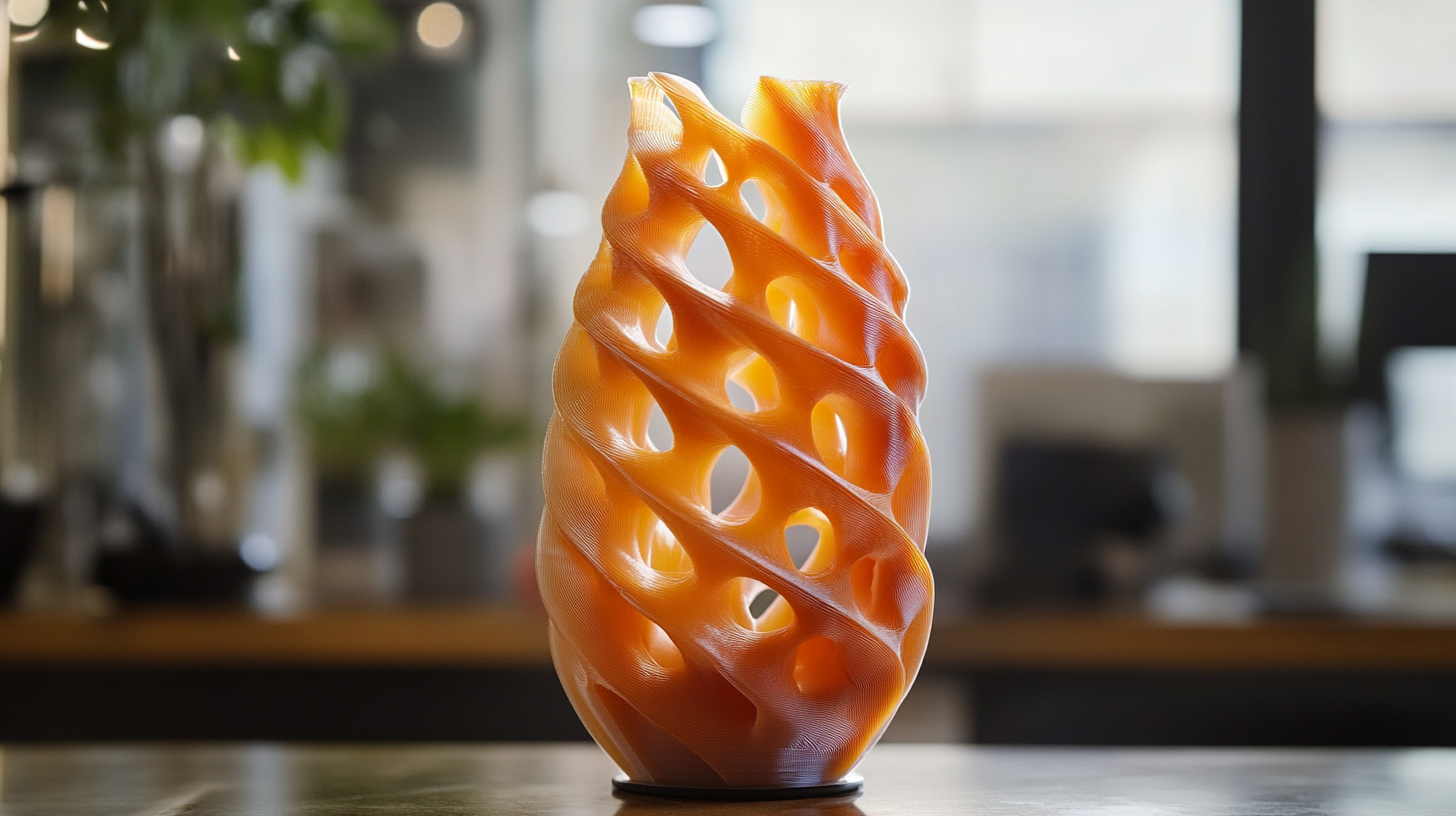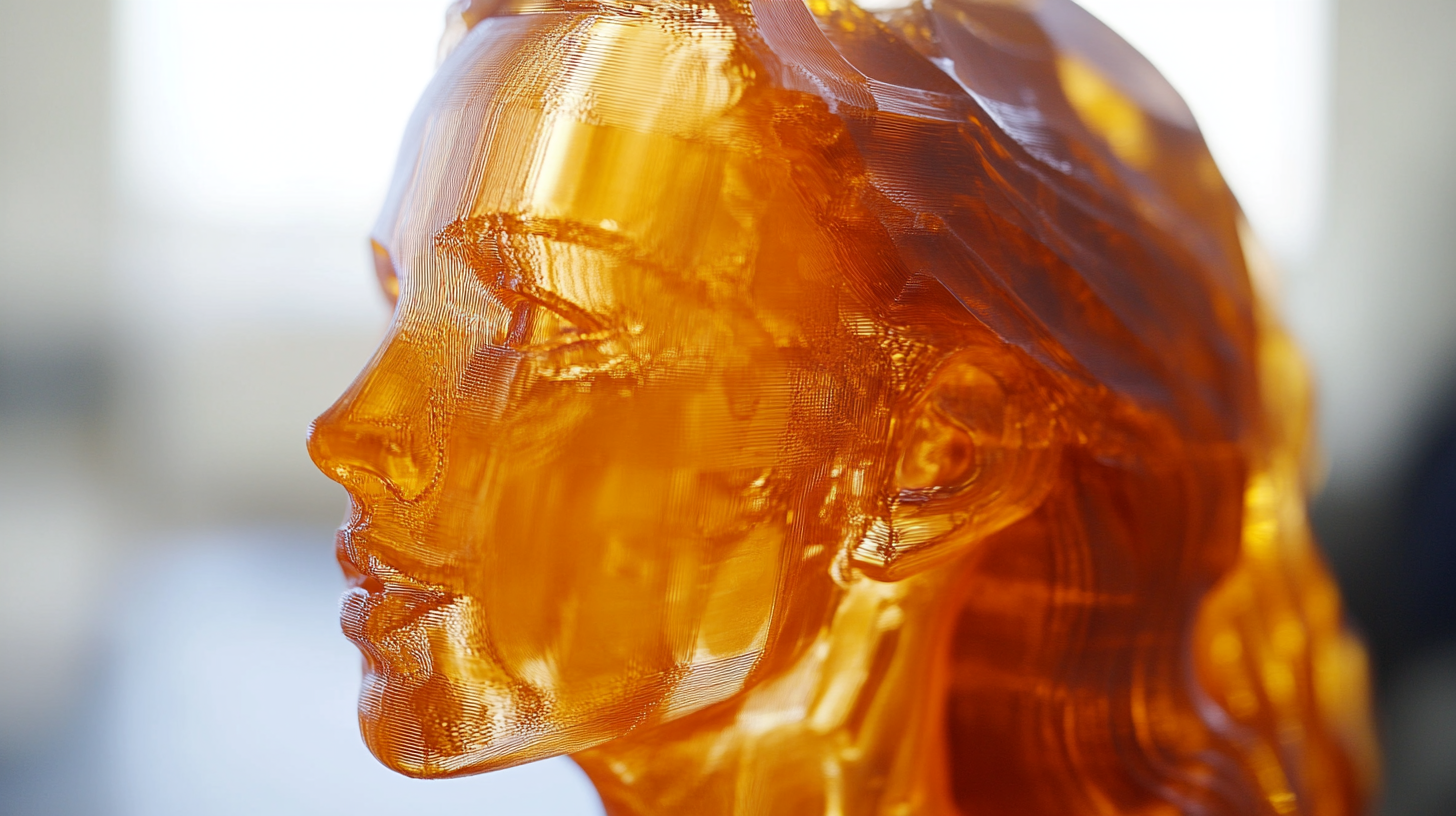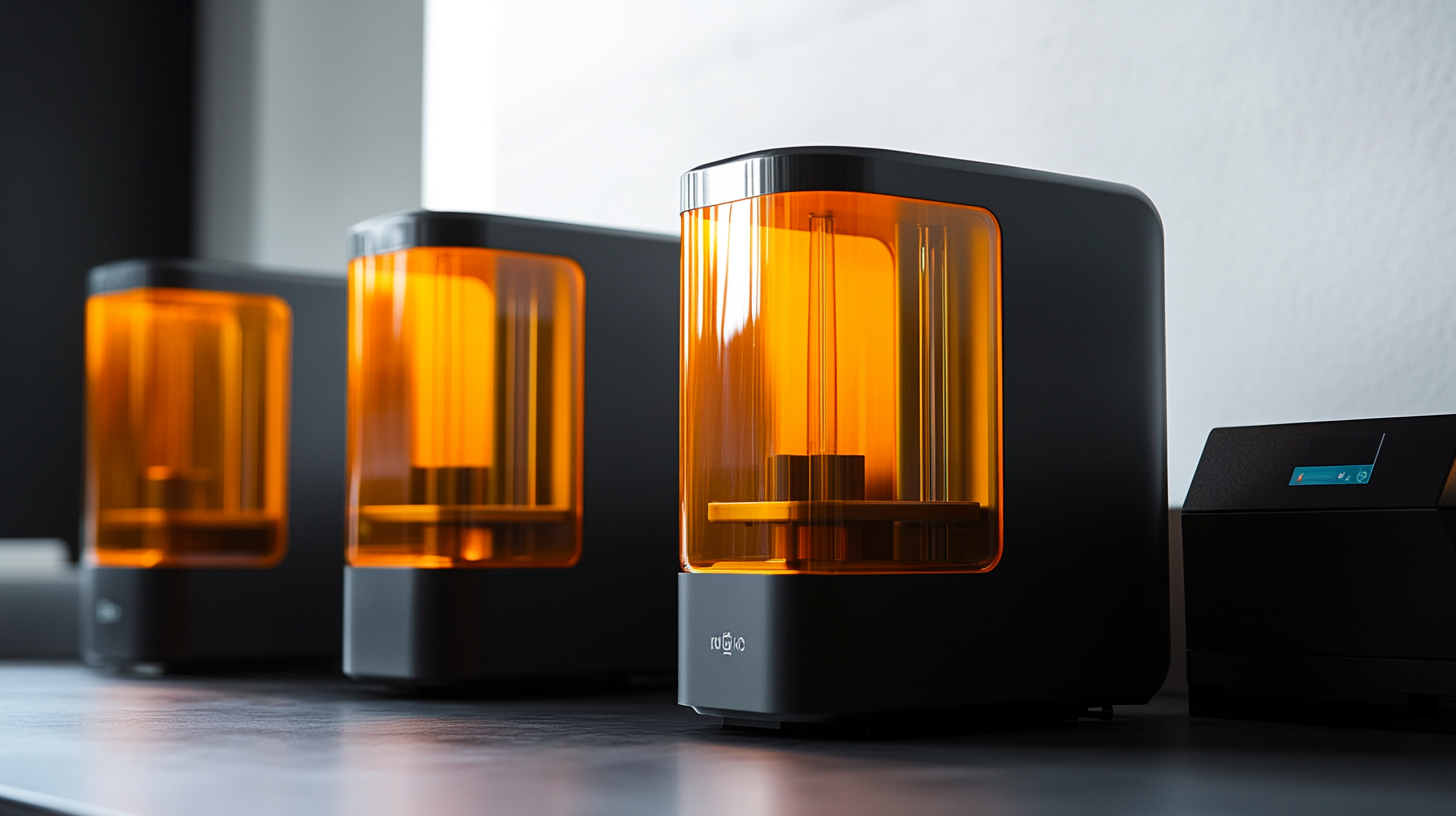Innovative Solutions Beyond Top 3D Printers for Your Manufacturing Needs
As the manufacturing landscape continues to evolve, businesses are increasingly seeking innovative solutions that extend beyond the capabilities of the top 3D printers. According to a report by Grand View Research, the global 3D printing market is expected to reach $62.79 billion by 2028, driven by advancements in materials and technologies. While top 3D printers have undeniably revolutionized prototyping and production processes, manufacturers are now looking for complementary technologies and methodologies that can maximize efficiency and reduce costs. For instance, integrating automation and AI-driven systems can enhance the overall production workflow, offering unprecedented agility and scalability. This blog will explore various alternative solutions that not only enhance the functionality of the top 3D printers but also address the diverse needs of modern manufacturing, emphasizing the potential for hybrid models and innovative approaches that redefine the industry standards.

Exploring Alternative Additive Manufacturing Technologies for Unique Needs
As industries evolve, the demand for innovative manufacturing solutions continues to rise. While 3D printing has dominated the scene, alternative additive manufacturing technologies are proving to be equally effective for unique production needs. Techniques such as binder jetting, directed energy deposition, and material jetting offer distinct advantages in terms of speed, material versatility, and surface finish. These solutions can cater to intricate designs and larger builds, making them ideal for specific applications that traditional 3D printers may struggle with.
When exploring these alternative technologies, consider the following tips: First, assess your material requirements—some processes allow for a wider range of materials, enabling you to achieve desired properties crucial for your product. Second, evaluate the production volume; while some methods are faster for smaller runs, others are optimized for high-volume outputs. Lastly, understand the post-processing requirements; certain technologies may necessitate additional finishing work, which could impact your overall timeline and costs. By leveraging these innovative solutions, manufacturers can enhance their capabilities and meet diverse market demands effectively.
Alternative Additive Manufacturing Technologies
This pie chart showcases the distribution of various alternative additive manufacturing technologies that cater to unique manufacturing needs. Each segment represents the market share of different technologies, illustrating the diverse landscape of 3D printing solutions beyond traditional methods.
The Rise of Hybrid Manufacturing: Merging Traditional and 3D Printing Methods
The rise of hybrid manufacturing marks a significant transformation in the manufacturing landscape. By merging traditional methods with advanced 3D printing techniques, manufacturers can leverage the strengths of both worlds. This innovative approach allows for enhanced design flexibility, reduced lead times, and the opportunity to produce highly customized parts that were once impossible to create using conventional methods. As businesses seek to optimize their production processes, the implementation of hybrid strategies is becoming increasingly essential.
Tip: Consider starting with a thorough analysis of your existing production capabilities. Identify which traditional methods work well for your current needs and where 3D printing could complement them. This understanding will help you develop a tailored hybrid approach that maximizes efficiency.
Furthermore, hybrid manufacturing can significantly reduce material waste by utilizing additive techniques alongside subtractive processes. This not only contributes to sustainability but also cuts down on costs. Adopting these hybrid methods enables manufacturers to innovate faster and respond more effectively to changing market demands.
Tip: Keep an eye on the latest developments in both traditional and 3D printing technologies. Regularly updating your knowledge will ensure that your hybrid manufacturing system remains competitive and efficient, allowing you to stay ahead in the fast-evolving manufacturing landscape.

Material Innovation: Expanding Beyond Conventional 3D Printing Filaments
In the rapidly evolving world of 3D printing, material innovation is steering the industry towards new heights, expanding far beyond traditional filaments. One of the most exciting developments is the emergence of multi-material printing that poses both challenges and remarkable potential applications in additive manufacturing. This approach allows designers to combine various materials, unlocking a range of functionalities and improving the performance of printed objects.
Tips for manufacturers looking to adopt multi-material 3D printing include investing in advanced printers capable of handling complex materials and staying updated on the latest research. Engaging with industry experts can also provide insights into overcoming common challenges associated with this technology. Furthermore, exploring new materials, such as thermoformable filaments, can lead to enhanced customization—offering real-time adjustments to meet specific needs.
As we explore the future of manufacturing, embracing innovative materials like fiber-reinforced composites and sustainable options is crucial. These advancements not only promise better performance across various industries but also align with growing environmental demands—transforming waste into valuable resources for production.
Custom Automation in Manufacturing: Enhancing Efficiency and Flexibility
In the evolving landscape of manufacturing, custom automation stands at the forefront of enhancing efficiency and flexibility. With a projected market size of USD 407.4 billion by 2032, driven by an impressive CAGR of 8.2%, businesses are increasingly turning to tailored technological solutions that meet specific production needs. This shift allows manufacturers to optimize their processes, reduce downtime, and improve overall output quality, which is crucial in a competitive global market.
Artificial intelligence is playing a pivotal role in this transformation. By integrating AI into manufacturing operations, companies are able to achieve greater precision and adaptability, while streamlining various production processes. Technologies such as predictive analytics and robotic automation are revolutionizing industries like apparel manufacturing. These innovations not only enhance production efficiency but also allow for a more dynamic response to consumer demands. Embracing custom automation in manufacturing isn't just about keeping pace with technological advancements; it’s about redefining operational standards to ensure sustained growth and innovation.

Sustainability in 3D Printing: Eco-Friendly Solutions for Modern Manufacturing
In the realm of modern manufacturing, sustainability has become a driving force behind the adoption of innovative practices. The shift towards eco-friendly solutions in 3D printing not only addresses environmental concerns but also enhances the overall efficiency of production processes. By utilizing biodegradable materials and optimizing printer energy consumption, manufacturers can significantly reduce their carbon footprint while maintaining high-quality outputs.
Additionally, advancements in recycling technologies are enabling the reuse of 3D printing materials, further promoting sustainable practices in the industry. Innovative approaches, such as using recycled plastics or developing compostable filaments, offer practical alternatives that effectively minimize waste. As manufacturers embrace these eco-conscious strategies, they not only comply with regulatory standards but also appeal to a growing base of environmentally-aware consumers. The integration of sustainability in 3D printing not only paves the way for a greener future but also reshapes the landscape of manufacturing by aligning economic growth with environmental stewardship.
Innovative Solutions Beyond Top 3D Printers for Your Manufacturing Needs
| Solution | Description | Sustainability Impact | Material Used |
|---|---|---|---|
| Biodegradable Filaments | Filaments made from natural sources that decompose over time. | Reduces plastic waste and improves industrial composting. | PLA, PHA |
| Recycled Materials | 3D printing filaments made from recycled plastics. | Lowers the demand for new plastic production, aiding in waste reduction. | rPET, rPLA |
| Solar-Powered Printers | 3D printers that utilize solar energy for operation. | Decreases reliance on fossil fuels, promoting renewable energy use. | Standard materials with renewable power sources. |
| Low-Energy Printing Techniques | Techniques that minimize energy consumption during printing. | Reduces overall energy footprint of manufacturing processes. | Various printing materials optimized for energy efficiency. |
| Waste-Free Manufacturing | Processes designed to utilize all material used in production. | Maximizes efficiency and minimizes waste generation. | Material specific to each manufacturing process. |